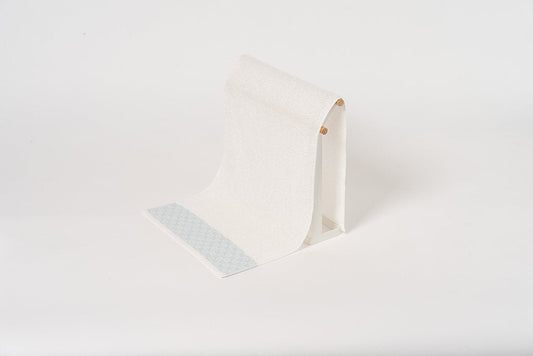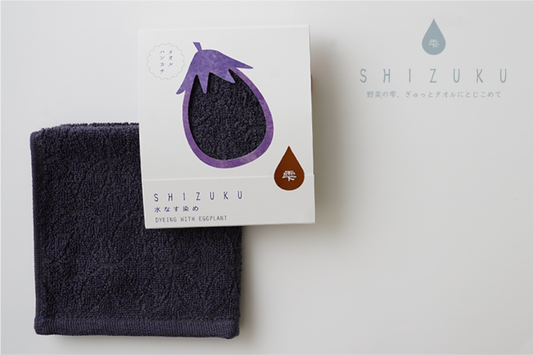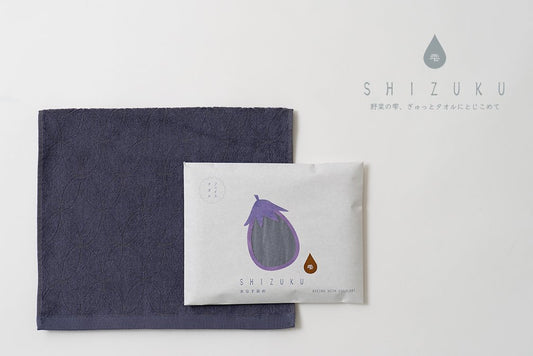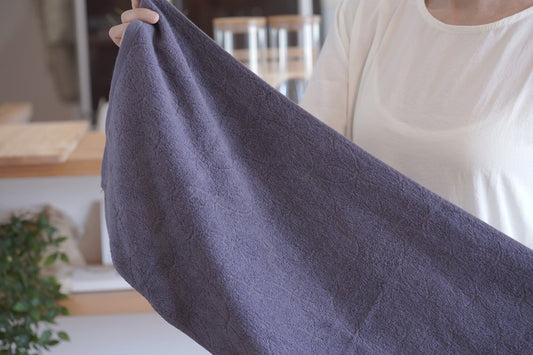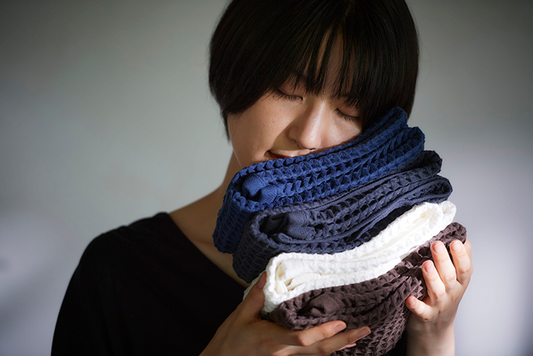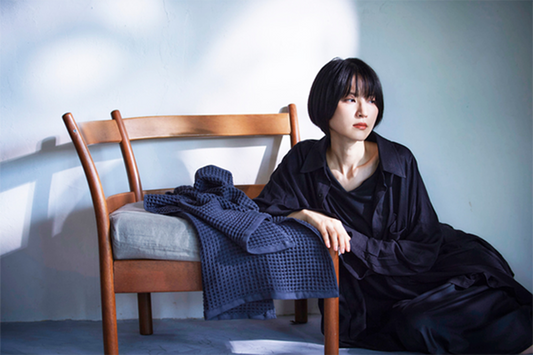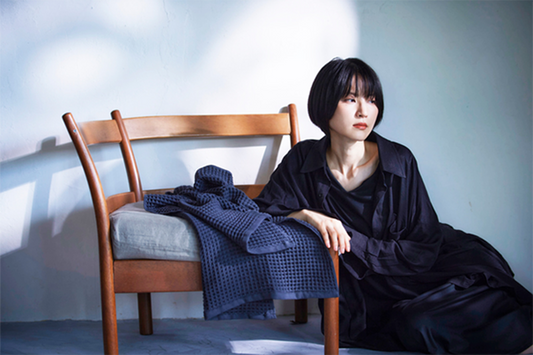Product Categories
Collection: Senshu towels
Since the end of the Edo period, southern Osaka (Quanshu) has been a cotton cultivation area, and the cotton thread produced locally is mainly used to make hand wipes and yukata.
In the 20th year of the Meiji era, Mr. Satoi Enjiro spent two years studying imported towels from Osaka. He made revolutionary improvements to the cotton thread loom and successfully produced Japan's first towel in what is now Izumisano City, Osaka Prefecture. towel. From then on, Japanese towels produced in the same place were called "Quanzhou towels".
Quanzhou towel features-
"Lightweight, quick-drying, water-absorbent, skin-friendly, and durable"
Izumisano City in Osaka Prefecture is the place where Japan's first towel was produced. Japanese towels produced in the same place are called "Quanshu towels".
The biggest feature of Quanzhou towels is that they are made using the "post-drying" method. "Drying" is the process of cleaning, bleaching and dyeing.
To make cotton threads weave more tightly and easily, the threads are coated with a layer of wax. Although weaving becomes easier, it makes the towel less absorbent.
Therefore, Quanzhou towels undergo a "drying" process after they are made, where the wax on the towels is washed away and dyed in different colors.
This "post-drying" method not only makes Quanzhou towels cleaner and less impurities when they leave the factory, but also makes them highly absorbent and more skin-friendly.
-
Fukuro Ori Japanese Quanzhou Towel (60x120cm)
Regular price HK$190.00Regular priceUnit price / per -
Shizuku Natural Dyed Towel (25x25cm)
Regular price HK$80.00Regular priceUnit price / per -
Shizuku Natural Dyed Towel (34x85cm)
Regular price HK$200.00Regular priceUnit price / per -
Shizuku Naturally Dyed Shawl (25x90cm)
Regular price HK$160.00Regular priceUnit price / per -
WASHI MATOU Japanese paper Quanzhou towel (34x35cm)
Regular price HK$80.00Regular priceUnit price / per -
WASHI MATOU Japanese paper Quanzhou towel (34x85cm)
Regular price HK$160.00Regular priceUnit price / per -
WASHI MATOU Japanese paper Quanzhou towel (60x135cm)
Regular price HK$430.00Regular priceUnit price / per














